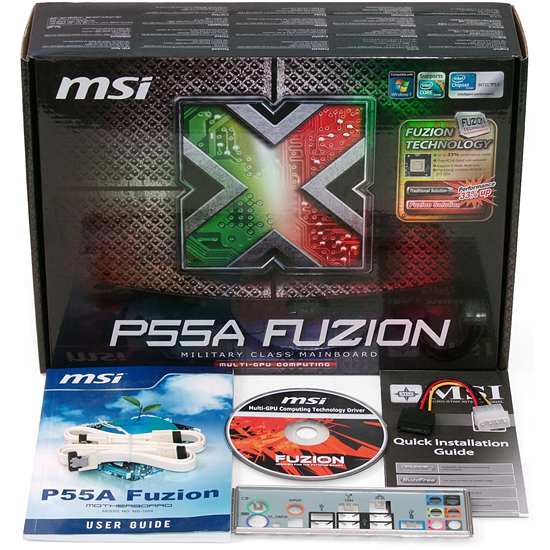HydraLogix Vs. SLI And CrossFire: MSI's P55A Fuzion Tested
LucidLogix forges ahead with its promise of multi-GPU compatibility across multiple graphics architectures and platforms. Today we see how its latest drivers stand up to the performance standards of CrossFire and SLI on a much more cost-sensitive board.
P55A Fuzion BIOS, Overclocking, And Accessories
| P55A Fuzion Basic O/C Settings | |
|---|---|
| BIOS Version | V1.1 (09-09-2010) |
| CPU Core | 0.87-2.07 Volts (6.25 mV), 100-600 MHz BCLK (1 MHz) |
| CPU IMC | 0.45-2.02 Volts (5.3 mV), Auto Frequency by DRAM |
| Memory | 1.50-2.41 Volts (~7 mV), 3x-6x BCLK (1x) |
| Memory Timing | tCL 4-15, tRCD 3-15, tRP 3-15, tRAS 9-31 Cycles (1c) |
| Chipset | 0.45-1.95 Volts PCH (~5 mV) |
Overclockers don’t like to be limited by BIOS, so the P55A Fuzion includes frequency and voltage limits that exceed those of most hardware configurations by a wide margin.
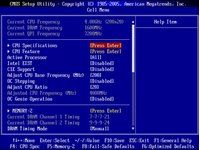
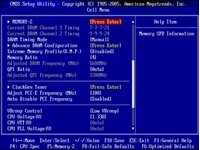
Most of the P55A Fuzion’s frequency and voltage settings can be found by scrolling through its Cell Menu, including a few advanced controls such as DRAM reference voltage.
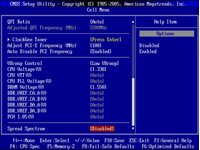
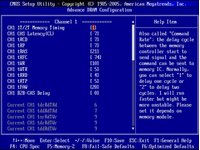
The Advanced DRAM Configuration menu allows per-channel settings, though most users will find the best results by having both channels set identically.
The retail-boxed P55A Fuzion contains twice as many cables as found in this press sample, but no SLI or CrossFire bridges. MSI believes that its users will always prefer HydraLogix multi-GPU control (which doesn't require bridges) over proprietary SLI and CrossFire, but we really don’t think MSI should be adding any restrictions to a board that otherwise supports all three technologies.
Get Tom's Hardware's best news and in-depth reviews, straight to your inbox.
Current page: P55A Fuzion BIOS, Overclocking, And Accessories
Prev Page Mid-Priced Motherboard: MSI’s P55A Fuzion Next Page Mid-Priced Graphics Cards: Radeon HD 5850 And GeForce GTX 460